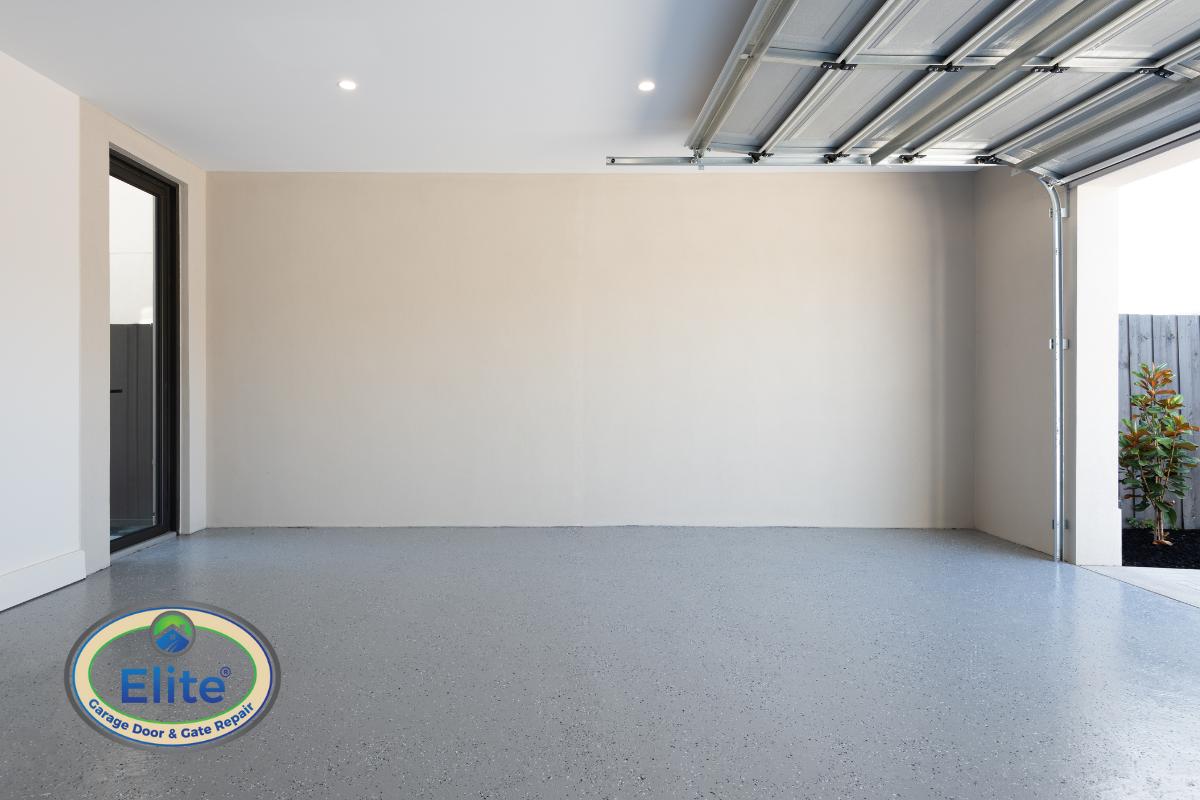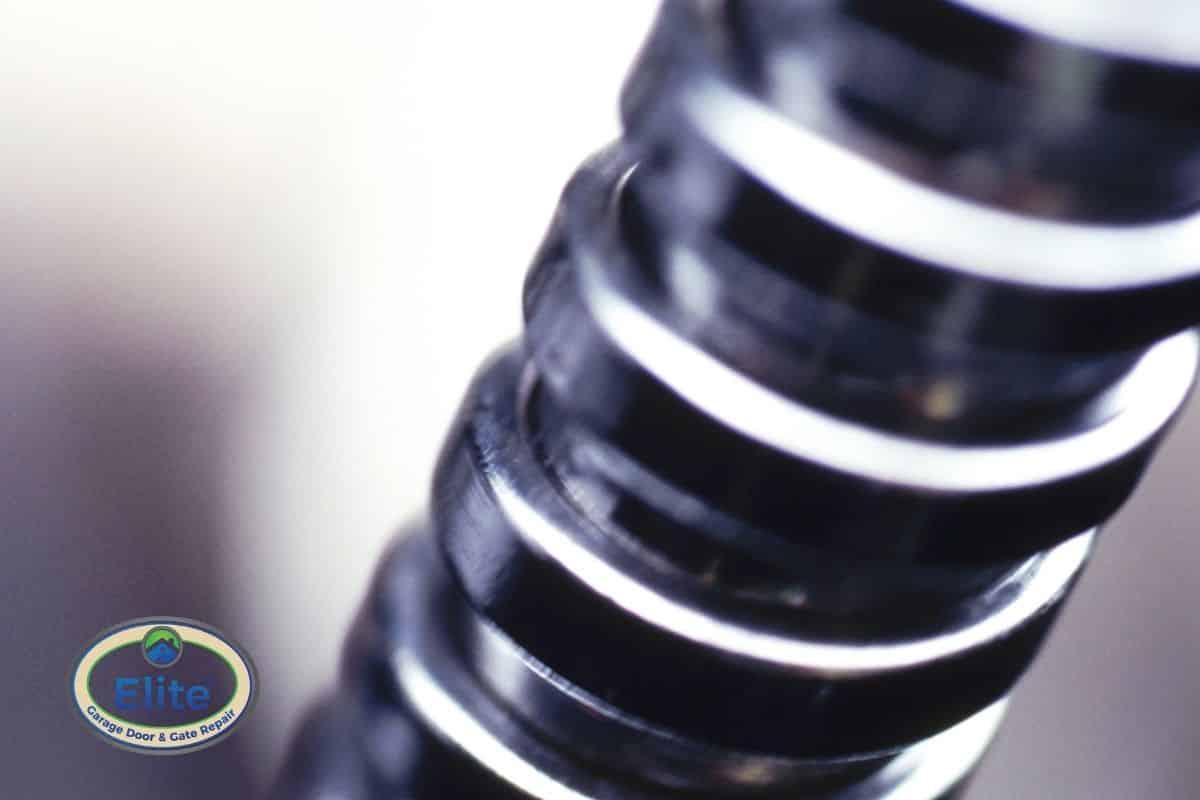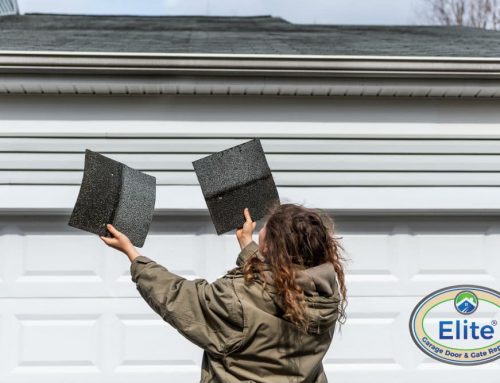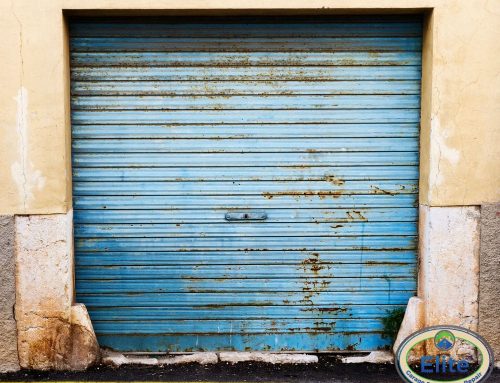Garage doors are a crucial part of our daily lives, providing security and convenience to homeowners. However, like any mechanical system, they can encounter problems from time to time.
Understanding the most common issues and how to fix them can save you time, money, and frustration. In this guide, we’ll explore five of the most common garage door problems and provide practical solutions to help you get your garage door back in working order.
Table of Contents
Misaligned Tracks
One of the most common garage door problems is Misaligned Tracks. Over time, the tracks that guide the rollers can become bent or warped, causing the door to operate unevenly or get stuck. You may notice that the door is making unusual noises or shaking as it moves up and down.
To fix this issue, start by inspecting the tracks for any visible signs of damage. Use a level to ensure that the tracks are properly aligned and adjust them if necessary.
You can do this by loosening the bolts that hold the tracks in place and gently tapping them back into alignment with a rubber mallet. Once the tracks are straight, tighten the bolts and test the door to ensure smooth operation.

Misaligned door track
Broken Springs
Another common garage door problem is broken springs. Garage door springs are under a lot of tension and can break due to wear and tear over time. If you notice that your garage door is struggling to open or close, or if it feels heavier than usual, it could be a sign that the springs are broken.
Replacing garage door springs can be dangerous, so it’s best to leave this job to the professionals.
However, if you’re comfortable with DIY repairs and have the necessary tools and knowledge, you can attempt to replace the springs yourself. Be sure to follow all safety precautions and consult the manufacturer’s instructions for guidance.

Broken Springs
Worn Rollers
Worn rollers are another common cause of garage door problems. Rollers can become worn or damaged over time, causing the door to operate roughly or get stuck. You may notice that the door is making grinding or squeaking noises as it moves, or that it’s not moving smoothly along the tracks.
To fix this issue, start by inspecting the rollers for signs of wear or damage. If the rollers are worn or broken, you’ll need to replace them. You can purchase replacement rollers at your local hardware store and install them yourself using basic hand tools. Be sure to lubricate the new rollers with garage door lubricant to ensure smooth operation.

Malfunctioning Garage Door Opener
Finally, a Malfunctioning Garage Door Opener can cause problems with your garage door’s operation. If your garage door opener is not responding to commands, making unusual noises, or failing to open or close the door properly, there could be an issue with the opener itself.
To troubleshoot this problem, start by checking the power source and ensuring that the opener is plugged in and receiving power. If the opener is powered on but still not working, try resetting it by unplugging it from the outlet and plugging it back in after a few minutes.
If the problem persists, you may need to replace the opener or seek professional repairs.

Malfunctioning Garage Door Opener
Bottom Line
By understanding these five common garage door problems and how to fix them, you can keep your garage door operating smoothly and avoid costly repairs.
Remember to perform regular maintenance tasks such as lubricating moving parts and inspecting for signs of wear or damage to prevent problems before they occur. If you’re ever unsure about how to fix a garage door problem, don’t hesitate to seek professional help.




























Leave A Comment